Modeling a 2-Bay Short-Taper Offset Hopper in HO Scale
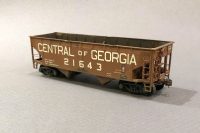
HO-scale modelers are blessed with a lot of coal hopper models and kits to work with. One fairly common car that’s still tough to model is a 2-bay short-taper offset hopper. This car is distinct because of the smaller and more steep angles in the side sheets to get from the inside of the car to outside the ribs and the three thick rivet strips at the ends and center. This car was also longer than most 2-bay cars at 34′ versus the 33′ of a more common offset. Most people would be content to just use a 33′ car (and I don’t issue any judgment here), but I’m kind of a hopper nut, so…
Athearn made an old blue-box … Read more





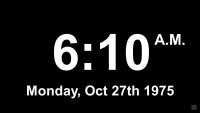


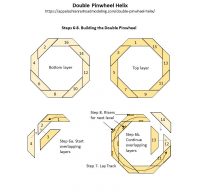

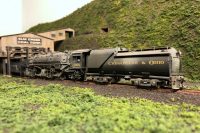
 Bob Chapman standing in front of Cincinnati Union Terminal on his HO-scale Cincinnati-based layout
Bob Chapman standing in front of Cincinnati Union Terminal on his HO-scale Cincinnati-based layout 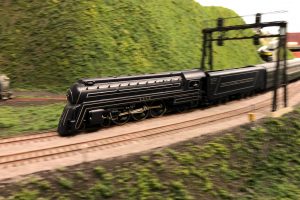 B&O class P7A 4-6-2 Royal Blue speeds by on Bob Chapman’s layout
B&O class P7A 4-6-2 Royal Blue speeds by on Bob Chapman’s layout 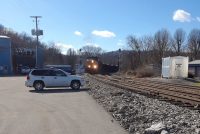
 My dad was an operator on the C&O at Man, WV, and I can still relive the first time I ever saw him hand up orders to the crew of a moving train. I will always think of him as one of the bravest men I ever knew. You can read more about this in my first article,
My dad was an operator on the C&O at Man, WV, and I can still relive the first time I ever saw him hand up orders to the crew of a moving train. I will always think of him as one of the bravest men I ever knew. You can read more about this in my first article, 
